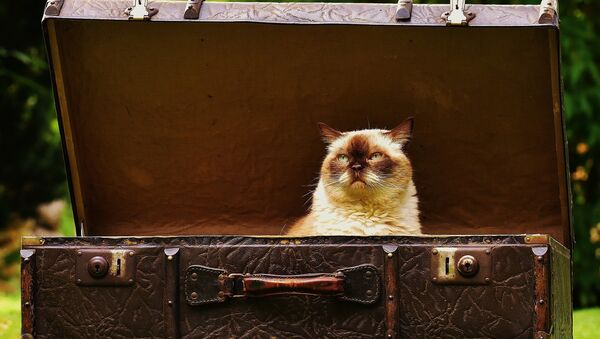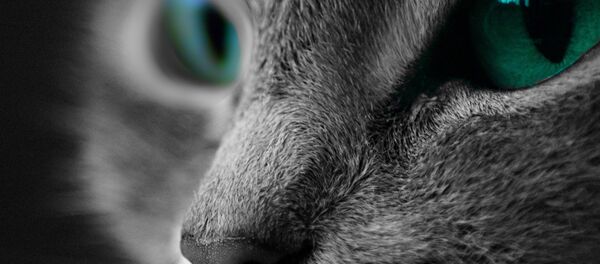Researchers distinguished two distinct waves of growth of domestic cat populations: the first one occurred around 10,000 years ago when humans first started cultivating crops, and second one happened when mankind took to the seas.
Cats were first approached by mankind around 12,000 years ago amid the dawn of agriculture in the Fertile Crescent. Some 6,000 years ago, cats may have been tamed by Ancient Egyptians — only to be mummified by the millions by later dynasties. The same DNA lineage was later found in ancient cat remains in Bulgaria, Turkey and sub-Saharan Africa from the end of the fourth century BC through the fourth century AD.
The researchers found cat remains with maternal DNA lineage at a Viking site in northern Germany. "Sea-faring people probably kept cats to keep rodents in check," Geigl told the science journal Nature.
As promised, here is a photo of my cat wearing a viking hat #JJGO #MaxFunDrive pic.twitter.com/3K5jlOgygv
— Jordan_Morris (@Jordan_Morris) March 28, 2016
A cat bone dating back to 200 AD was found in a grave with burnt human remains near Kastrup in southern Jutland, Denmark, which suggests that it was used as a symbolic amulet with protective value.
During the Viking age, cats were rare, expensive, and connected with Freyja, the Norse goddess of love, who had a carriage driven by a pair of male cats. Another mythological instance of the cat was used as a camouflage to lure hammer-wielding god of thunder Thor, who was asked to lift giant Utgard-Loki's cat, which later turned out to be the dreadful Midgard Serpent in disguise.
Hail Freyja! Hail Mardöll! Hail Vanadis! #Asatru #Freyja pic.twitter.com/u3qInrPldZ
— AwakenTheNorth (@AwakenTheNorth) July 8, 2016







